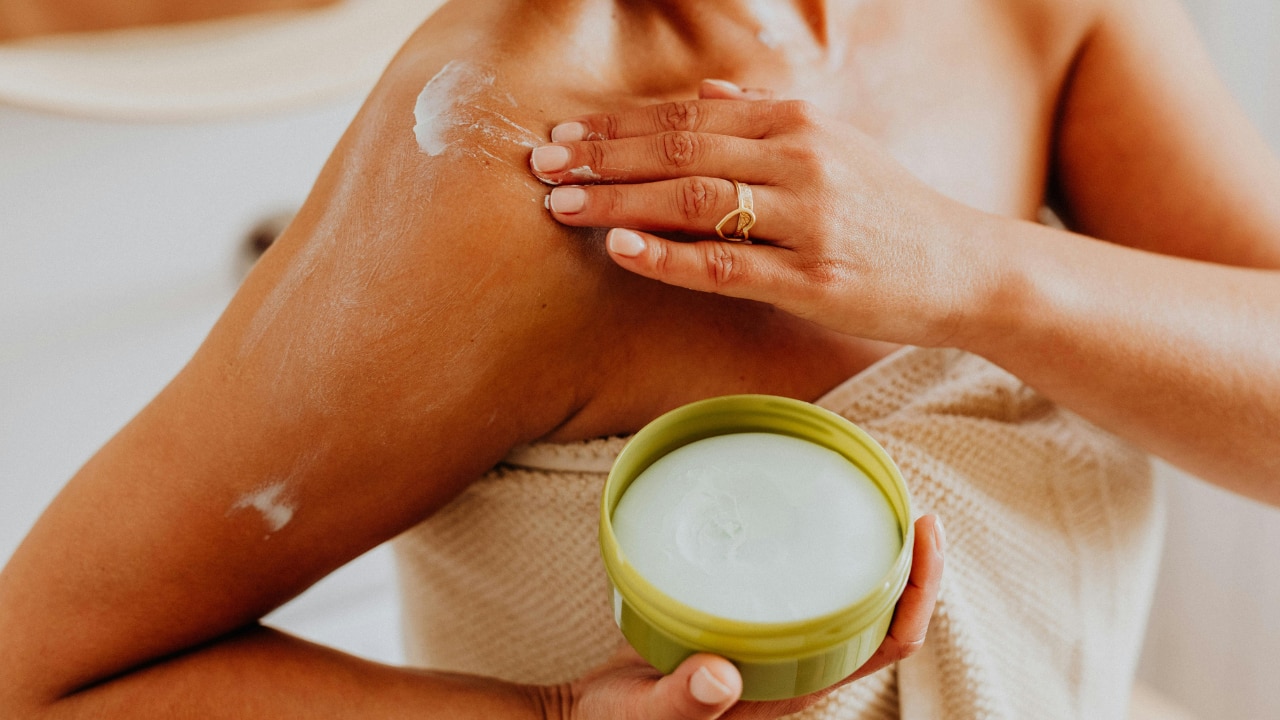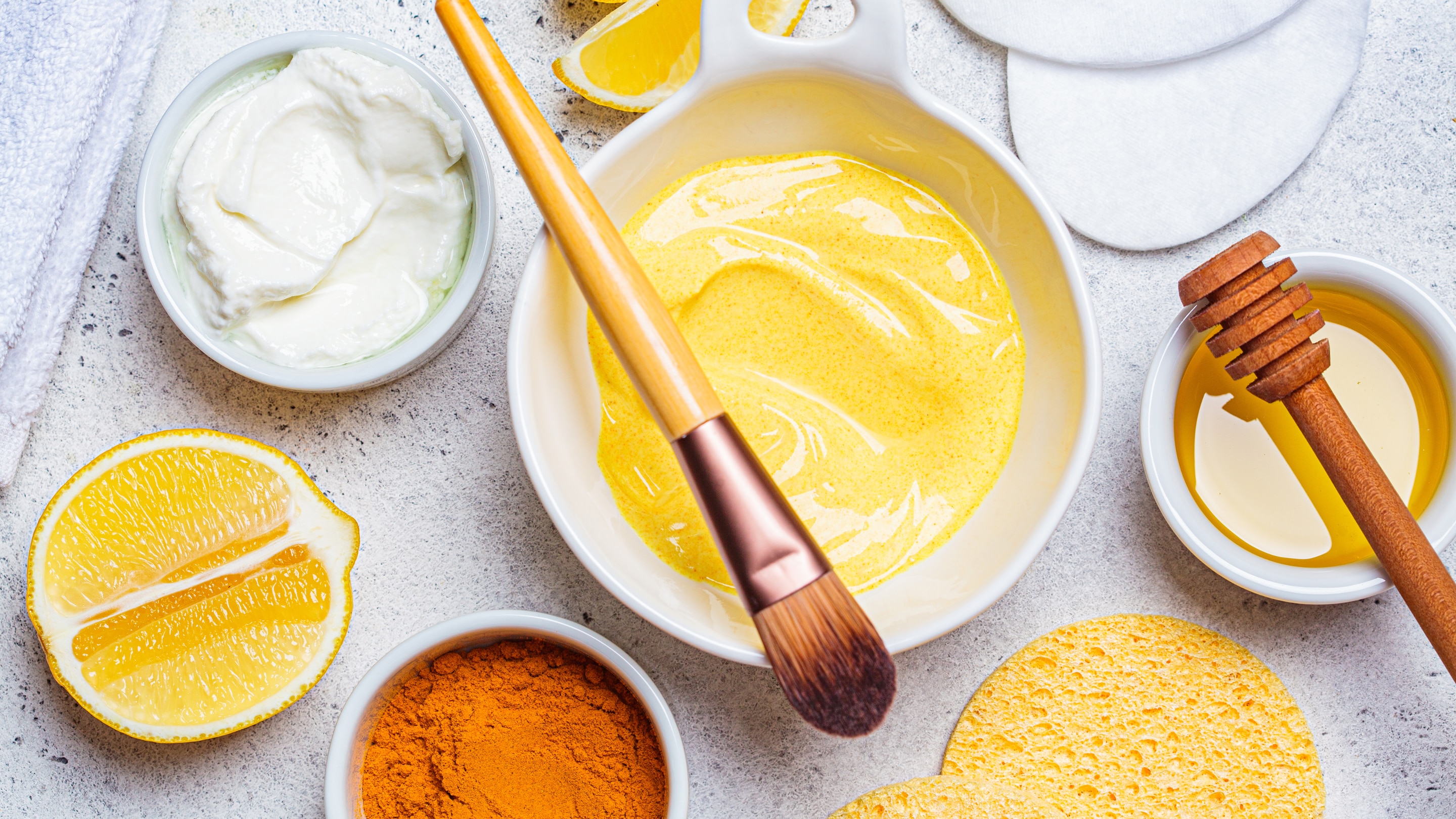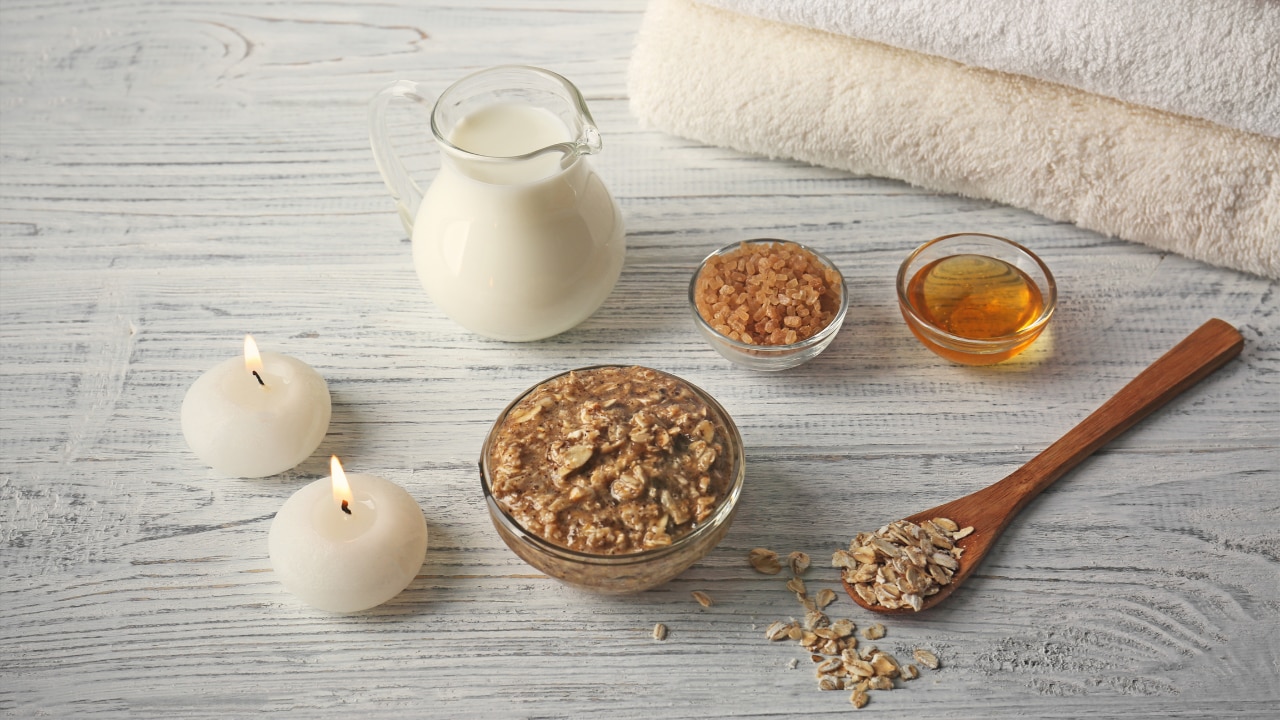For centuries, before the advent of elaborate cosmetic laboratories, the secret to a luminous complexion often lay in the simple bounty of nature. Chief among these time-honoured remedies is raw milk for face, a staple in ancient skincare rituals across the globe. This simple yet potent ingredient is celebrated for its natural cleansing, profound moisturising, and gentle brightening prowess.
This article delves into the transformative raw milk benefits for face, offering practical advice on how to use raw milk for face and introducing easy DIY recipes to help you integrate this natural wonder into your routine for truly nourished skin.
01What Makes Raw Milk Good for the Skin?

The richness of raw milk lies in its composition. Unlike pasteurised milk, the raw form retains all its natural enzymes, fats, and a full spectrum of nutrients. Its potency for skin rejuvenation stems from being abundant in:
- Lactic Acid (a natural Alpha Hydroxy Acid or AHA): This gentle exfoliant helps in sloughing off dead skin cells, promoting cell renewal, and addressing pigmentation.
- Vitamins A, D, B6, and B12: These essential vitamins play crucial roles in repairing skin tissues, promoting cell renewal, and improving overall skin tone and texture.
- Proteins and Fats: These provide deep hydration, strengthening the skin's moisture barrier and imparting a supple, plump appearance.
- Calcium: Helps in promoting collagen production, maintaining skin elasticity.
02Benefits of Applying Raw Milk on Face

Regular application of raw milk can lead to a multitude of visible improvements in your skin health and appearance. Here are the most compelling benefits of milk on face:
- Natural Cleanser: The fats and lactic acid in raw milk work as a gentle but effective cleanser, dissolving surface impurities, excess sebum, and residual makeup, making it an excellent product for how to clean face with milk.
- Deep Hydration: Raw milk acts as a superb natural emollient and humectant, locking in moisture to combat dryness and leave the skin incredibly soft and supple.
- Gentle Exfoliation: Lactic acid helps to subtly lift away dead skin cells, promoting a smoother texture without the harsh abrasion of physical scrubs.
- Skin Brightening: By exfoliating and inhibiting melanin-producing enzymes, regular use helps to fade dark spots, reduce pigmentation, and significantly brighten the complexion.
- Anti-Ageing Properties: The rich content of Vitamins A and D, along with the collagen-boosting effect of lactic acid, helps to diminish the appearance of fine lines and wrinkles.
- Soothing and Calming: Its anti-inflammatory properties can help soothe irritated or sunburnt skin, reducing redness and discomfort.
- Natural Toning: Applying milk helps to tighten the skin's pores and improve overall elasticity, leading to a firmer and more toned appearance.
- Combats Tanning: As a natural de-tanning agent, the enzymes in raw milk help to reduce the effects of sun exposure and restore an even skin tone.
03How to Use Raw Milk on Face
There are multiple versatile ways to enjoy the benefits of applying milk on face, both alone and in synergy with other natural ingredients.
Simple Cleansing and Toning

- Milk Cleanser: Take 2-3 tablespoons of cold raw milk in a bowl. Dip a cotton pad and gently wipe it all over your face and neck to lift dirt and impurities. No need to rinse if you wish to enjoy its moisturising benefits (though rinsing is fine too). This is the perfect answer to how to clean face with milk.
- Milk Toner: Mix equal parts raw milk and rose water. Apply this to your face using a cotton ball after cleansing to balance the skin's pH and tighten pores.
Targeted Treatments and Moisturisers

- Spot Treatment: For very dry patches or dark spots, dab raw milk onto the area and let it sit for 15 minutes before rinsing.
- Overnight Mask: For those with very dry or normal skin, a thin layer of milk mixed with a tiny drop of glycerine can be applied. See the FAQ section for more on can we apply milk on face overnight.
- Natural Scrub: Mix raw milk with finely ground oats or rice flour to create a gentle exfoliating paste. Massage gently in circular motions before rinsing.
04DIY Raw Milk Face Pack Recipes

These easy, natural face packs harness the power of raw milk with other kitchen staples to address specific skin concerns.
- Raw Milk & Turmeric Pack - Brightening & De-Tanning

Mix 2 tbsp raw milk with a pinch of organic turmeric powder. How to Apply: Apply evenly and leave on for 15-20 minutes until semi-dry. Rinse with cool water. Use 2-3 times a week.
- Raw Milk & Honey Pack - Deep Hydration (Dry Skin)

Combine 2 tbsp raw milk with 1 tsp pure honey. How to Apply: Massage gently onto the face for 2 minutes, then leave on for another 15 minutes. Rinse off.
- Raw Milk & Gram Flour (Besan) Pack - Oil Control & Cleansing (Oily Skin)

Mix 2 tbsp raw milk with 1 tbsp besan (gram flour) to form a smooth paste. How to Apply: Apply and let it dry completely (approx. 20 mins). Rinse off while gently scrubbing in circular motions.
- Raw Milk & Oatmeal Scrub - Exfoliation & Smoothening

Mix 2 tbsp raw milk with 1 tbsp finely ground oatmeal. How to Apply: Massage onto damp skin for 5 minutes, focusing on rough areas, then rinse. Use 1-2 times a week.
05How Often to Use Raw Milk on Skin

For basic cleansing and toning, raw milk can be used daily, morning and evening, as part of your regular routine. For face packs and more intensive treatments, using it 2 to 3 times per week is generally sufficient to see noticeable results. Consistency is more important than frequency for achieving long-lasting radiance.
06Who Should Use Raw Milk on Face

The beauty of raw milk lies in its suitability for a wide array of skin types:
- Dry and Normal Skin: It is perfectly suited due to its high fat and protein content, providing much-needed deep nourishment and sustained hydration.
- Oily Skin: When combined with ingredients like gram flour or sandalwood, the lactic acid in milk can help manage oil production and provide gentle exfoliation without stripping the skin.
- Sensitive Skin: Raw milk is typically very gentle. However, always perform a patch test first, as some individuals with dairy sensitivities may react.
- Acne-Prone Skin: While milk has cleansing properties, its potential to clog pores due to its fat content means that those with severe acne should use it cautiously and always pair it with an ingredient like turmeric or neem to counter potential bacteria.
07Conclusion
The use of raw milk for face is a powerful testament to the enduring effectiveness of natural skincare. Its multi-faceted benefits—from deep cleansing and intense hydration to gentle brightening and anti-ageing action—make it an indispensable component of a holistic beauty regimen. By understanding how to apply raw milk on face and incorporating simple DIY recipes, you can tap into this age-old secret to unlock a naturally radiant, nourished, and healthy complexion. Embrace this simple indulgence and witness the transformation.
08FAQs
1. Is raw milk better than boiled or pasteurised milk for the face?
Yes. .Raw milk is generally preferred as the heat treatment in boiling or pasteurisation can reduce the potency of the lactic acid and destroy some of the beneficial enzymes and vitamins that are key to the raw milk benefits for face
2. Can we apply milk on face overnight?
While you can, it is generally recommended to use it as a 15-20 minute mask or cleanser and then rinse. Leaving milk on for a full night may attract dust or cause potential breakouts for those with oily or acne-prone skin due to the fat content. However, very dry skin types may benefit from a thin, spot application.
3. Are there any precautions I should take before using raw milk?
As raw milk is unpasteurised, it carries a higher risk of bacteria. It is essential to ensure you are sourcing the freshest, high-quality raw milk. Also, always perform a patch test on a small area of your skin before full application, especially if you have known dairy allergies or highly sensitive skin.
4. What is the best type of raw milk to use on the face?
Cow's milk is the most common and effective due to its lactic acid content. Buffalo milk, which has a higher fat content, can be excellent for extremely dry skin.









